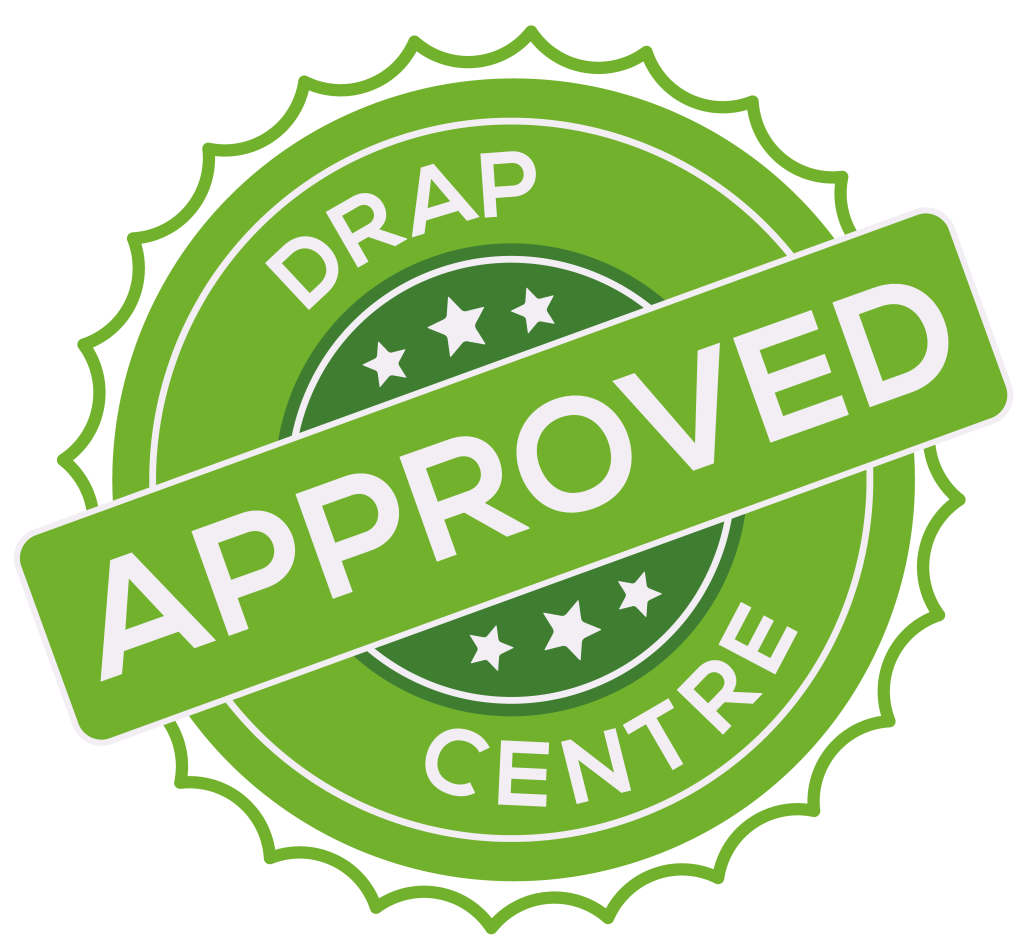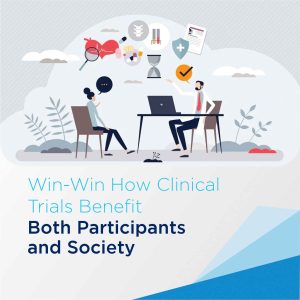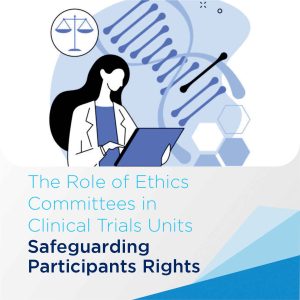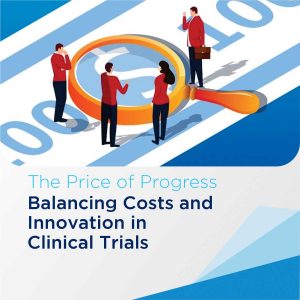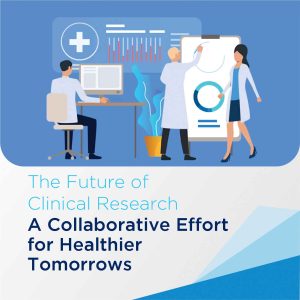Imagine you’ve received a brand-new car. You’ve gone through test drives, read reviews, and feel confident it’s safe and reliable. But would you stop checking your oil, tire pressure, or brakes just because you bought it? Of course not! Similarly, even after rigorous clinical trials, ensuring a drug’s safety requires constant monitoring once it’s out in the real world. This is where **post-marketing surveillance** comes in, acting as your car’s guardian angel, continuously watching over your health after you’ve started taking a new medication.
Why is Post-Marketing Surveillance Important?
1. Unveiling the Unforeseen: Clinical trials, while thorough, have limitations. They involve a specific group of people under controlled conditions, which may not always reflect the diverse real-world population taking the drug. Post-marketing surveillance gathers data from millions of patients with different health conditions, lifestyles, and medication combinations, revealing rare or long-term side effects that might have gone unnoticed in trials.
2. Keeping Pace with Change: Our bodies are complex ecosystems, and how we respond to medication can change over time. New health conditions, interactions with other drugs, and even environmental factors can influence how a drug works. Post-marketing surveillance continuously tracks these changes, ensuring the drug remains safe and effective as circumstances evolve.
3. Building Trust, One Dose at a Time: Knowing that your medication’s safety is constantly monitored fosters trust and confidence. This transparency empowers patients to make informed decisions about their health and participate actively in their treatment journey.
How Does Post-Marketing Surveillance Work?
Imagine a vast network of watchful eyes. Doctors, pharmacists, patients, and regulatory agencies all play a role in this vigilant system:
Doctors: Report any suspected side effects they observe in their patients.
Pharmacists: Track medication usage patterns and identify potential drug interactions.
Patients: Report their own experiences, good or bad, through reporting systems or directly to their healthcare providers.
Regulatory Agencies: Analyze all this data, investigate safety concerns, and take necessary actions, like issuing warnings or even withdrawing a drug if needed.
The Continuous Commitment to Patient Well-being:
Post-marketing surveillance isn’t just about identifying problems; it’s about continuously optimizing medication use for maximum benefit and minimal risk. This ongoing process ensures that:
Effective drugs remain available: By identifying and addressing safety concerns, we can keep valuable medications on the market, helping countless patients.
New knowledge is generated: Every piece of data collected adds to our understanding of how drugs work and interact with the body, paving the way for safer and more effective treatments in the future.
Patient safety is always the top priority: Regulatory agencies take swift action based on surveillance data, protecting patients from potential harm.
Remember: Just like with your car, taking a medication doesn’t mean forgetting about its safety. Be an active participant in your health by:
Reporting any side effects you experience to your doctor.
Staying informed about your medication and potential interactions.
Asking questions and participating in discussions about your treatment.
Post-marketing surveillance is a silent guardian, working tirelessly behind the scenes to ensure the medications we rely on are as safe and effective as possible. By understanding its importance and actively participating in the process, we can all contribute to a healthier future, one dose at a time.

